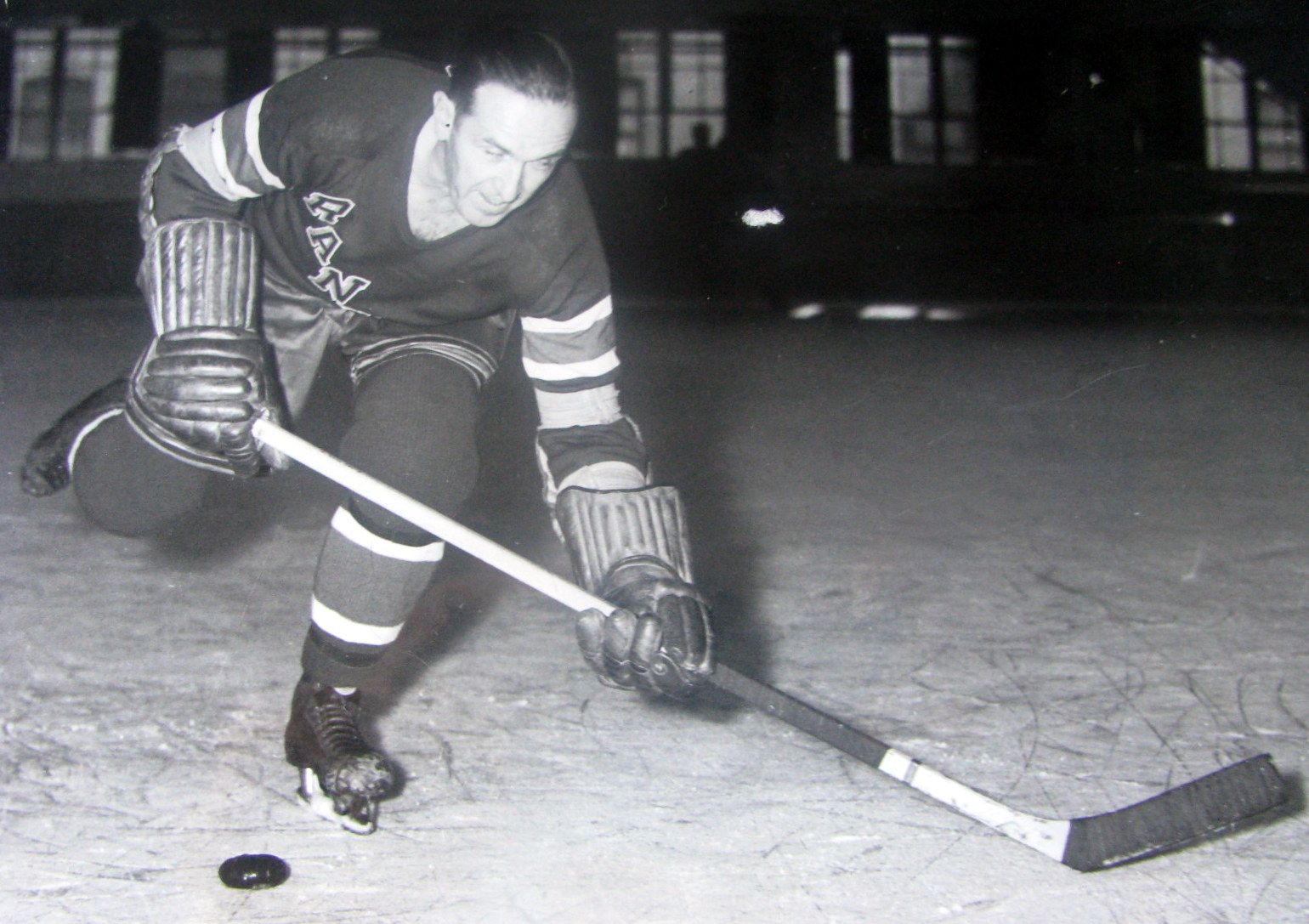In the spring of 1928, when the “Roarin’ Twenties” still boasted a high decibel count, there was a funny publication known to everyone in America.
It was called “The Joe Miller Joke Book” and its popularity lasted well into the next decade and beyond.
While people from coast to coast were chuckling over the gags, another Joe Miller was known only to a select section of New York hockey fans, but he would soon take center stage in one of the most dramatic acts in Rangers history.
This Joe Miller was neither very funny nor — for that matter — one of the better National Hockey League goaltenders.
In fact, a case could be made that he was the worst; otherwise, why would Joe have been tagged with the nickname “Red Light Miller?”
Part of Joe’s problem was that he toiled for the New York Americans — they then shared the old (Eighth Avenue) Madison Square Garden with the Rangers — and that season the Amerks finished dead last in the NHL’s Canadian Division.
But when the 1927-28 campaign was over and his club missed the playoffs, Miller was free as a bird. He returned to his home in Morrisburg, Ontario, relaxing and checking out the postseason battles for the Stanley Cup.
Joe was particularly interested in his co-MSG tenants, the Rangers, as they marched through the preliminary playoff rounds to face the vaunted Montreal Maroons in the Cup Final.
Miller was stunned to learn that after the Blueshirts lost the opening game, they rebounded to win Game 2. But that wasn’t the big story.
To everyone’s astonishment, Rangers goalie Lorne Chabot was so badly injured during the second game, he had to be hospitalized and was lost for the remainder of the Final.
Even more amazing was the fact that Chabot’s replacement was none other than 43-year-old Rangers manager Lester Patrick, who made enough big saves to enable the Blueshirts to win in overtime, 2-1. The series was tied at one apiece.

What Miller did not know at the time was that after the game Patrick asked the Maroons for permission to sign for his Rangers one of several top NHL goalies who were in Montreal to see the Final at The Forum.
Among them was such future Hall of Famers as George Hainsworth and Charlie Gardiner. To Patrick’s request, Maroons coach Eddie Gerard had a one-word answer: “NO!”
[READ: The Night Lester Patrick Saved the Rangers]
After many high-level conferences with NHL President Frank Calder, the Maroons finally consented to allow Patrick to sign none other than the Amerks’ Joe Miller as his goalie for the rest of the best-of-five series.
“The Maroons consented to Joe,” said Rangers Hall of Fame center Frank Boucher, “because they thought he was the league’s weakest goalie.”
Alas, Red Light Miller gave up two goals in Game 3 while his Rangers failed to score any. It looked like curtains for the New Yorkers, especially since all of the games were being played at the Maroons home, The Montreal Forum.
Game 4 on April 12, 1928, figured to be the clincher for the home club. “They were so cocksure of themselves,” Boucher recalled, “that they made plans for a victory banquet after the game.”
But this time the joke was on the Maroons; thanks to No-Joke Joe Miller. Bolstered with a second-period goal by Boucher, the Rangers triumphed 1-0, setting up the finale on April 14, 1928.
When Red Light took the ice, he looked down at the other end and saw his opposite in front of the Montreal net; it was future Hall of Famer Clint Benedict, considered the difference-maker in this high-tension contest.
But it was Miller who shook off the butterflies in his stomach, holding the Maroons scoreless for two periods while the first-period goal by Boucher staked the Rangers to a tenuous lead.
The New Yorkers held fast despite an early third-period penalty which — even more incredibly — led to a Rangers shorthanded goal; again by Boucher.

Miller retained his shutout until he was beaten by Bill Phillips with five minutes left in regulation. From then on No-Joke-Joe closed the door and the Rangers won 2-1, clinching their first Stanley Cup.
Boucher: “In the end, Red Light Miller proved that he was a really fine goaltender.”
Joe’s last claim to fame occurred a few days later in Manhattan when New York’s Mayor Jimmy (Beau James) Walker hailed Miller and the rest of the Rangers during a City Hall celebration for the Gotham’s ice champions.
[More on the Rangers’ 90th Annivesary]
Ironically, thereafter Miller was ignored by both the Rangers and Americans. The Blueshirts traded Chabot to Toronto and signed another goalie, John Ross Roach. Meanwhile, the Americans replaced Joe with Roy Worters.
Red Light spent the next two seasons as puck-stopper for the NHL’s ill-fated Pittsburgh sextet and completed his big-league career in 1930-31 with the even worse Philadelphia Quakers.
That said, were it not for Joe Miller’s emergency heroics that Spring of 1928 the Rangers may not have won their first Stanley Cup.
And that’s no joke!
